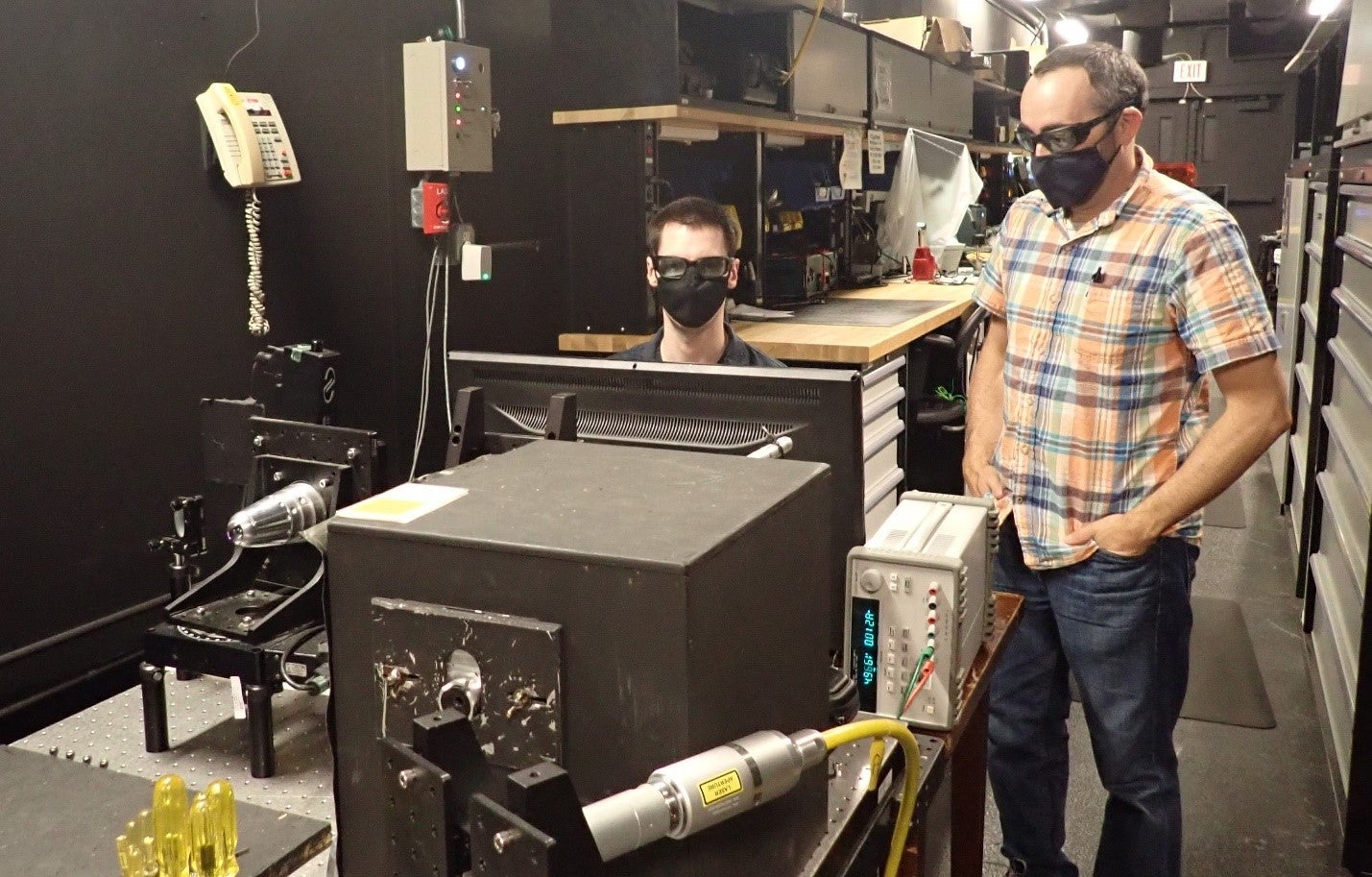
US Naval Surface Warfare Center’s Dahlgren Division (NSWCDD) engineers have developed a new cost-effective semi-active laser (SAL) seeker for guided munitions.
The technology will allow warfighters to accurately aim moving and stationary targets in areas where GPS is not accessible.
The upgraded seeker technology works together with an operator, which projects a pulsing, infrared laser at the target.
The laser energy reflecting from the target is then detected by the SAL seeker, fitted within the laser-guided munition, to guide operator’s mark with high accuracy.
The operator and SAL seeker in tandem ensure that the correct target is engaged.
The new technology is expected to improve performance and provide advanced signal processing and countermeasures.
NSWC project lead engineer Michael St Vincent said: “We would get feedback from war fighters – what kind of targets they are targeting, what they are like, and what requirements they need to meet.
“If they needed more range or more field of view. We would do simulations and make some changes and new iterations that moved closer to what they want.”
According to the NSWCDD, the new seeker is based on modern electronics designs and is comparatively three-to-five times cheaper than the traditional laser seekers.
Unlike the traditional SAL systems that feature a gimbaled detector element to track the laser spot, the new SAL system has a combination of fixed optics and software algorithms that can replicate the capability without using sensitive moving parts.
Besides, design of the new seeker can support integration with imager systems.
Equipped with an integrated height-of-burst sensor, the new seeker can signal the fuse of the weapon and measure proximity to the ground which provides precise airburst function without using any additional sensors.
NSWCDD has live-fire tested 30 out of a total 50 prototypes on multiple weapon systems, such as 81-mm advanced capability extended range mortar (ACERM).



